welcome back (and welcome to substack)
Things might look a little different from what you’re used to, and this is because I have migrated to substack (thanks to the influence of Adrienne Tooley, whose newsletter you should check out). I don’t expect that your reading experience will be impacted in a material way, but this is a huge improvement on my end. Never again shall I wrestle with font sizes for fifteen minutes!
keep reading for
persona 5, instagram, and the style of too late capitalism
signed copy preorder campaign
waterstones exclusive edition
giveaways & sales
a new book announcement / cover reveal
Since we last spoke, I have written and then promptly scrapped 12,000 words of a new book. I have also played 90+ hours of Persona 5 Royal.
If you are unfamiliar with Persona 5: it is an RPG set in modern-day Tokyo. You are a high school student with a criminal record who has been put on probation and transferred to Shujin Academy. There, you meet a ragtag bunch of misfits and discover that you can enter an alternate dimension known as the Metaverse, where the subconscious is made manifest. You form a vigilante group called the Phantom Thieves of Hearts, who identify corrupt adults, break into the “palace” of their minds, and steal their distorted desires in order to effect a change of heart in reality. As the story progresses, your targets grow more dangerous; and you collect more lovable weirdos who depend on you to solve their problems (a talking amnesiac cat, a melodramatic artist, your wildly unprofessional homeroom teacher, a back-alley doctor, a washed-up politician, and so forth).
I picked up this game because I’ve heard people talking about the Persona franchise for years. After being disappointed by nearly everything I had read or watched in recent months, I needed something good. At the very least, I needed something I had a real opinion about. Persona 5 is the kind of game that demands you have an opinion. It is, after all, very loud.
The art—a mashup of manga, Rider-Waite tarot, and a Xeroxed punkzine—is flashy and stylish. The soundtrack is composed of jazzy tunes that make even studying in the library feel rebellious. The characters are larger-than-life, the gameplay occasionally overcomplicated but immensely satisfying, the themes unsubtle but big-hearted, the stakes—in classic shounen fashion—infinitely rising. Every single design and narrative choice serves the heart of the story: that in an unjust system that fails and writes off its youth, genuine connection with others is the only thing that can set you free. I love it.1
In many ways, it is what I wish YA fantasy was—and, frankly, nothing at all like what YA fantasy is. For one thing, its lighthearted, picaresque vibe is not especially au courant. Persona 5 is also interested in the mundane reality of teenagers’ day-to-day lives in a way YA fantasy generally isn’t. This game painfully reproduces the feeling of being sixteen: navigating the shifting alliances and interests of a friend group; surrounded by incompetent or uncaring adults, all of whom think you’re up to no good; bored in class and texting beneath your desk; balancing part-time jobs and homework; generally dissatisfied with the world and wondering how the fuck everyone around you hasn’t figured out what you have—that things could be different, if only you had a say.
The characters also feel like teenagers. They brim with naive idealism and a punk-rock spirit. Their plans are often clumsy and shortsighted, discussed over group text or in the kinds of public spaces you’re limited to at that age: the mall, a coffee shop, a park, the forbidden roof of the school. Their mission, though noble, is partially motivated by selfishness. As much as they talk about protecting the weak, they effuse about their growing online fame. Your best friend often bemoans his inability to reveal himself as a Phantom Thief. If he could, maybe girls would finally give him a chance.
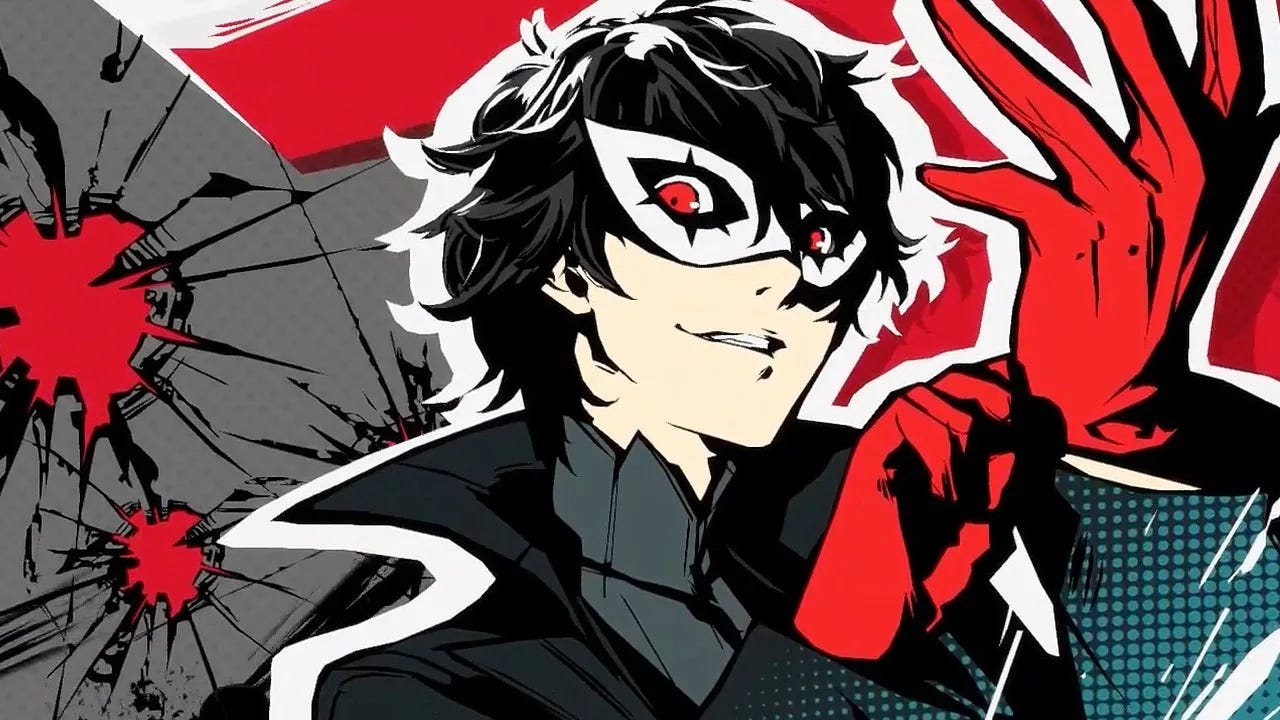
I didn’t have much of an agenda when I started writing this newsletter, but I will try to bring this around to some point. In a moment where I am disillusioned with the production, marketing, and consumption of media, Persona 5 speaks to me. It’s sprawling and a little hard to describe. It’s self-assuredly and charmingly offbeat. Crucially, it does not care that its audience might or might not talk about it on social media. I’d venture that its creators did not feel the same pressures that today’s chronically online authors of genre fiction do: to write the kinds of things that anticipate their own promotion and reception.2
Platform capitalism3, streaming, and Amazon have fundamentally changed the way we write and talk about books, and social media gives us a glimpse into how these market forces have shaped what an author is and does. These days, the vast majority of authors are expected to be their own marketers, publicists, customer service reps, and their readers’ mothers.4 In the same breath, they are told that nothing they do will move the sales needle. And yet, we have all seen publishers change marketing plans off the back of a single post’s success; online enthusiasm catapult ten-year-old books onto bestseller lists; and authors, with nothing but an iPhone and sweaty determination, generate their own word-of-mouth campaigns. On platforms like Instagram and TikTok, where everything has the potential to go viral, there is a clear incentive for authors to spin that roulette wheel. Your next video just might be your ticket out of midlist hell.5
Naturally, then, every Reel has transparent dreams of virality. Many social media posts (mine included!) exist only as an attempt to capture the magic of what “worked” for others. The result is an unending stream of content that looks and feels the same. Every Pinterest inspiration board and every “convincing you to read”-style aesthetic video draws from a practically canonized set of genre-specific photos. Even authorly visual brands—filters, fonts, clothing, shot composition, poses—are available off-the-shelf. In this online landscape, a novel is not, in fact, greater than the sum of its parts. A novel is a list of tropes; a barrage of images filtered beyond recognition; pretty lines written to stand without context; a stack of paper with sprayed edges. Spend long enough scrolling, and you start to go to dark places. Do I actually like reading? Do I know what other people like about reading? What is my work, really, beyond what I’ve claimed it is online?
As the promotional cycle for A Dark and Drowning Tide grinds on, I’m finding myself eager to work on some longer-form content. Sharing things like cut scenes, process, reflections, etc. actually sounds fun to me. I spend too much of my life being sad about IG metrics and would like to try being sad about click-to-open rates instead. To that end, I’ve created a section of this newsletter called “the ursprung,” where you can receive ADADT-specific essays and excerpts. It shouldn’t be more than once every month, and even that is ambitious… Either way, you’ll be emailed when a new post goes live. But if you’d only like book updates/brief essays like the one you just read, you can opt out of the ursprung below.
signed copy preorder campaign
I’m teaming up with my local indie bookstore, Kepler’s, to offer signed and personalized copies of A Dark and Drowning Tide. Each copy will be signed and will come with an exclusive 5x7” print, illustrated by the one and only Isa Agajanian. I asked for Lorelei and Sylvia as Klimt’s “The Kiss” and am absolutely in LOVE!
If you want your book personalized, please describe what you’d like in the order comments. I can write your name or a quote, or do my best attempt at a doodle. If you don’t include a comment, the book will just be signed.
I can also sign and personalize copies of A Fragile Enchantment, A Far Wilder Magic, and Down Comes the Night. I’ll include art prints specific to each book while supplies last.
We can accept personalization requests through September 3. All orders placed after September 3 will just be signed.
waterstones exclusive edition
A career first for me: I’m happy to share that A Dark and Drowning Tide has a Waterstones exclusive edition!
P.S. For those of you who may be waiting to see all the options before you preorder: this is the second—and, as of right now, the only other—special edition of A Dark and Drowning Tide. The US paperback is the only English-language edition that will have the Audrey Benjaminsen cover.
giveaways & sales for a dark and drowning itde
Goodreads giveaway: open until July 4 (US only)
IG giveaway: open until June 28 (US only)
30% off Indigo’s Most Anticipated SFF titles: runs until June 30
announcing my 2025 YA: wings of starlight
I can now announce a project I’ve kept secret for over a year and a half now: Wings of Starlight! I imagine some of you are fans of the Tinker Bell animated films (2008-2014). Some of you might have even shipped Queen Clarion and Lord Milori after watching Secret of the Wings. If so, I hope you’ll be happy to learn that Wings of Starlight is Milori and Clarion’s story: the beginning and, of course, the tragedy of their star-crossed love.
I know these characters mean a great deal to people, so I’m incredibly honored to have been trusted with them—especially since we haven’t visited Pixie Hollow in ten years. It was a joy to immerse myself in this world and (I hope) capture some of its magic in a way that will resonate with both new and returning fans.
The cover was illustrated by Charlie Bowater and designed by Gegham Vardanyan. Wings of Starlight releases on February 4, 2025—and is available for preorder now!
Discover the origin of the sweeping, star-crossed romance between the queen of Pixie Hollow and the lord of the Winter Woods.
It’s been centuries since a warm-season fairy in Pixie Hollow has crossed into the Winter Woods, and while most fear the legends of monsters lurking in the frozen lands, Clarion can’t help being intrigued by Winter’s stoic beauty. But under the watchful eyes of the current monarch and the court’s seasonal ministers, Clarion has little time to dwell on daydreams while the days to her coronation dwindle away.
That is, until reports of a monster crossing from Winter into Spring make their way to the palace. Clarion sees defeating this threat as an opportunity to prove that she is worthy of her new role. But instead of finding a monster at the edge of Winter, she finds Milori, a young guardian of the Winter Woods. Together, they form an unlikely bond as they race to save their lands.
But as their alliance warms to something more, they will discover there is a reason a warm-season fairy and a winter fairy must not be together. And the cost could be just as deadly as the monsters that prowl the Winter Woods.
See: Immediacy, or The Style of Too Late Capitalism by Anna Kornbluh
See: Platform Capitalism by Nick Srnicek
See the discussion of “Adult Baby Diaper Lover erotica” :) in Mark McGurl’s Everything and Less: The Novel in the Age of Amazon
If you’re unfamiliar with the term, “midlist” refers to authors who are not household names or books that are not “lead titles,” the books positioned to be the hits of a particular season. Because a majority of authors are considered midlist, there is a pretty broad range of what midlist actually means. Sometimes, it’s what you might expect: steady, dependable, average sellers whose teams treat them well but not like rockstars. A lot of the time, it means a books is acquired and promptly thrown into the garbage.

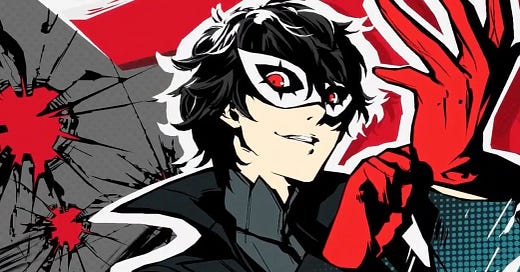


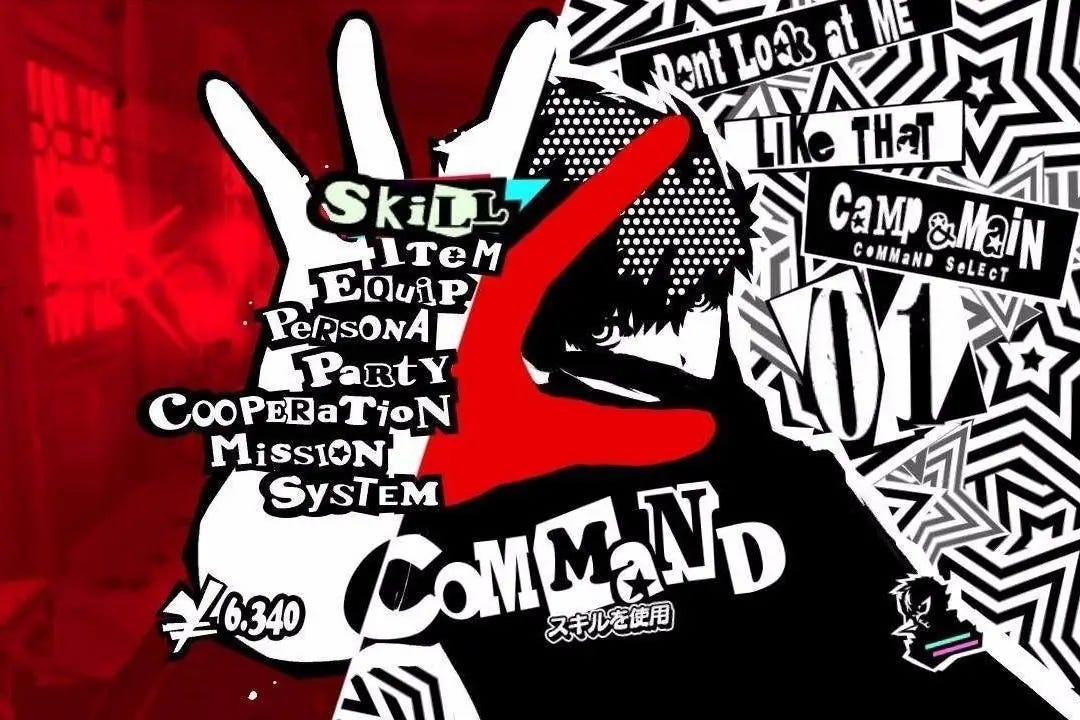
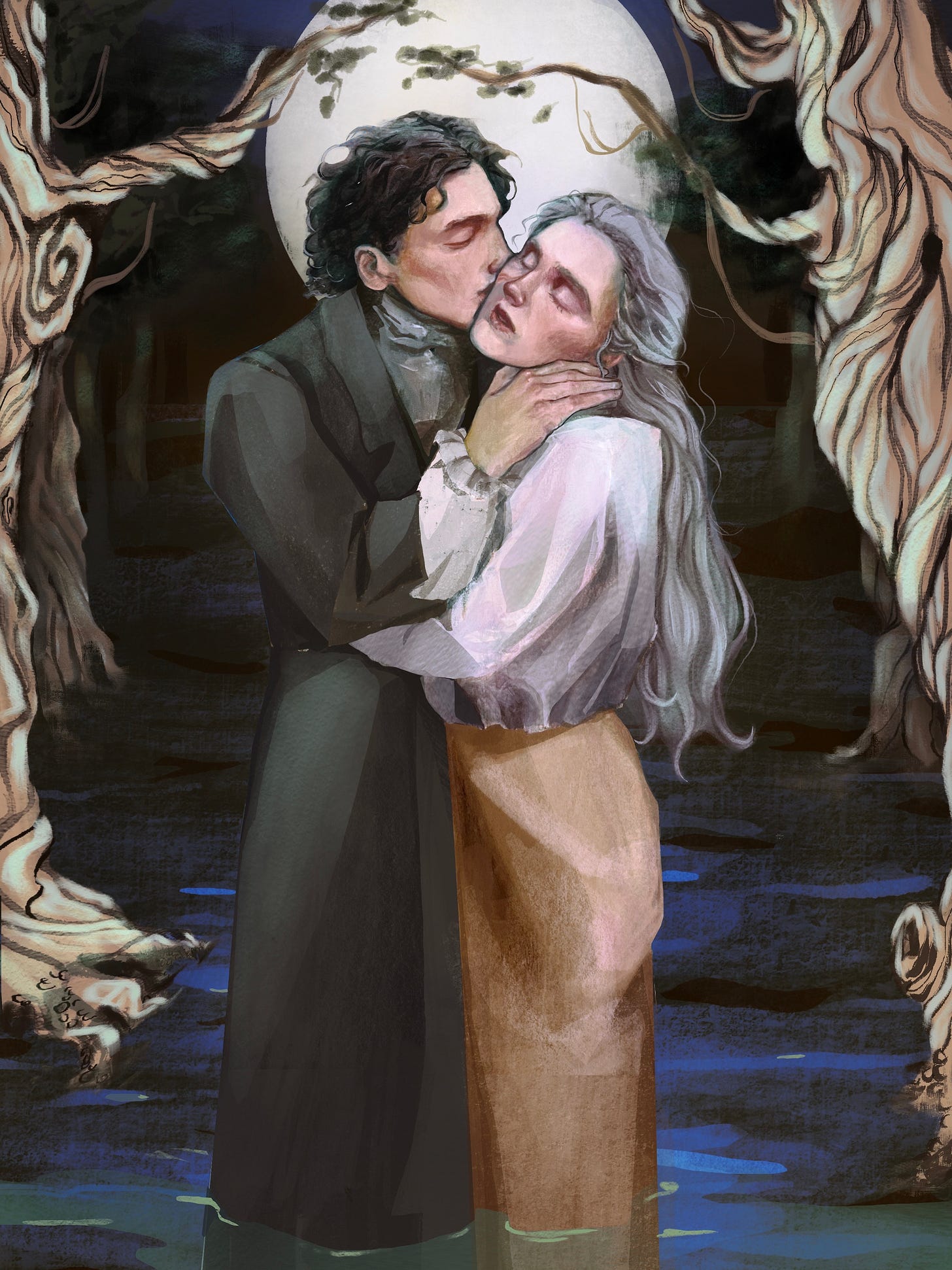

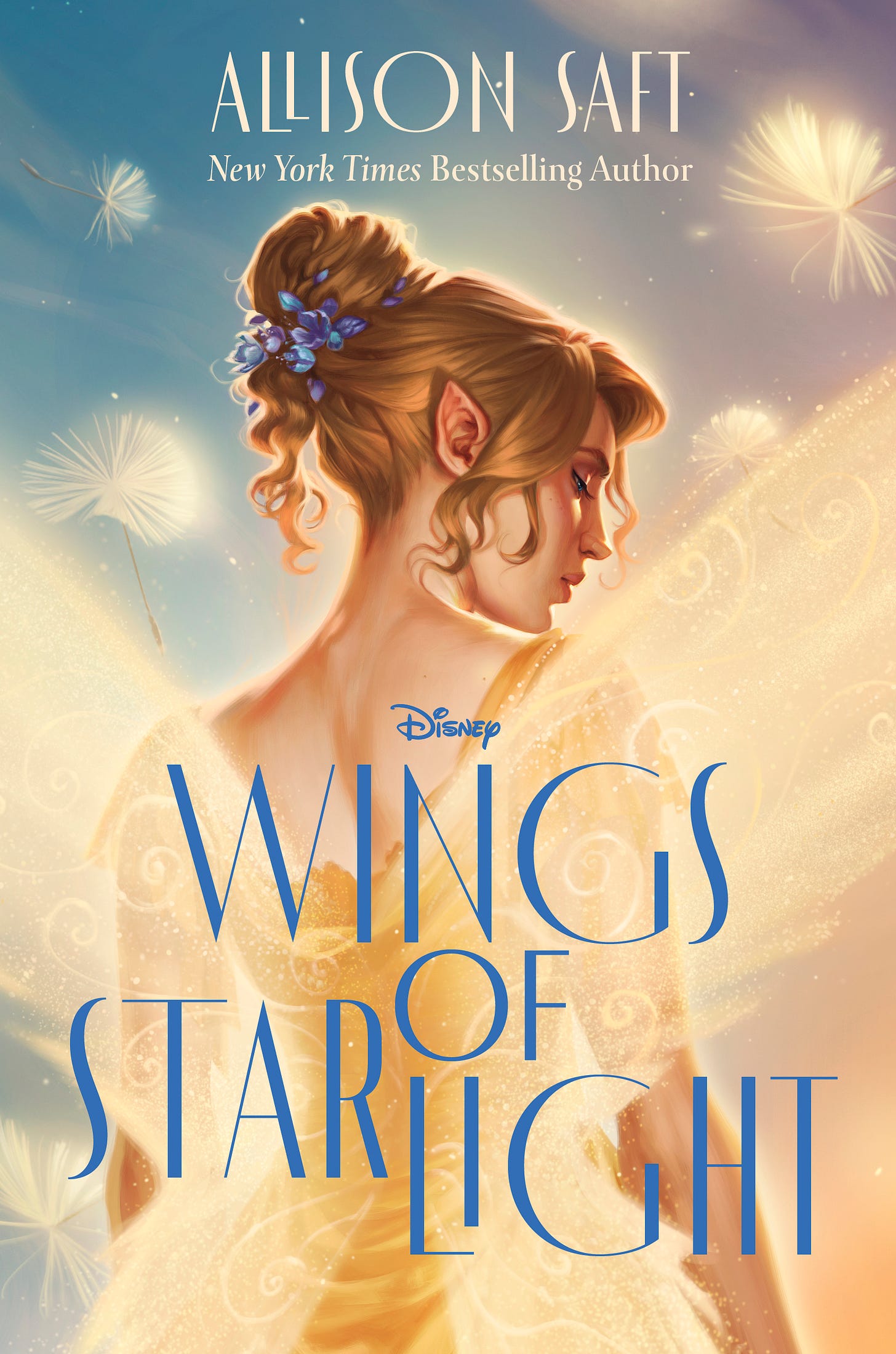
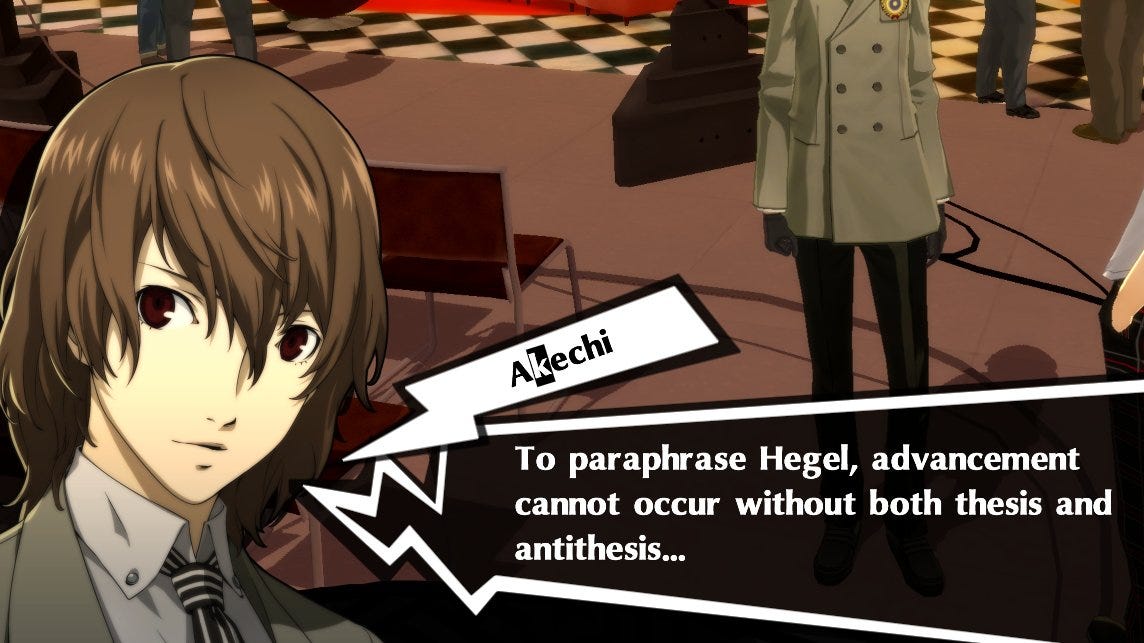
"how these market forces have shaped what an author is and does." -- Feeling that one deeply right now!
So glad you ended this fascinating newsletter with the Starlight upper!! It's beautiful!
violently nodding my head to the entire bit about platform capitalism lmao. CONGRATS on the pixie hollow book! what a delight!!